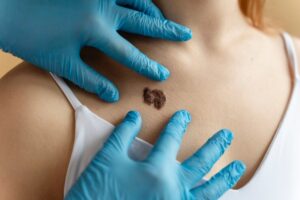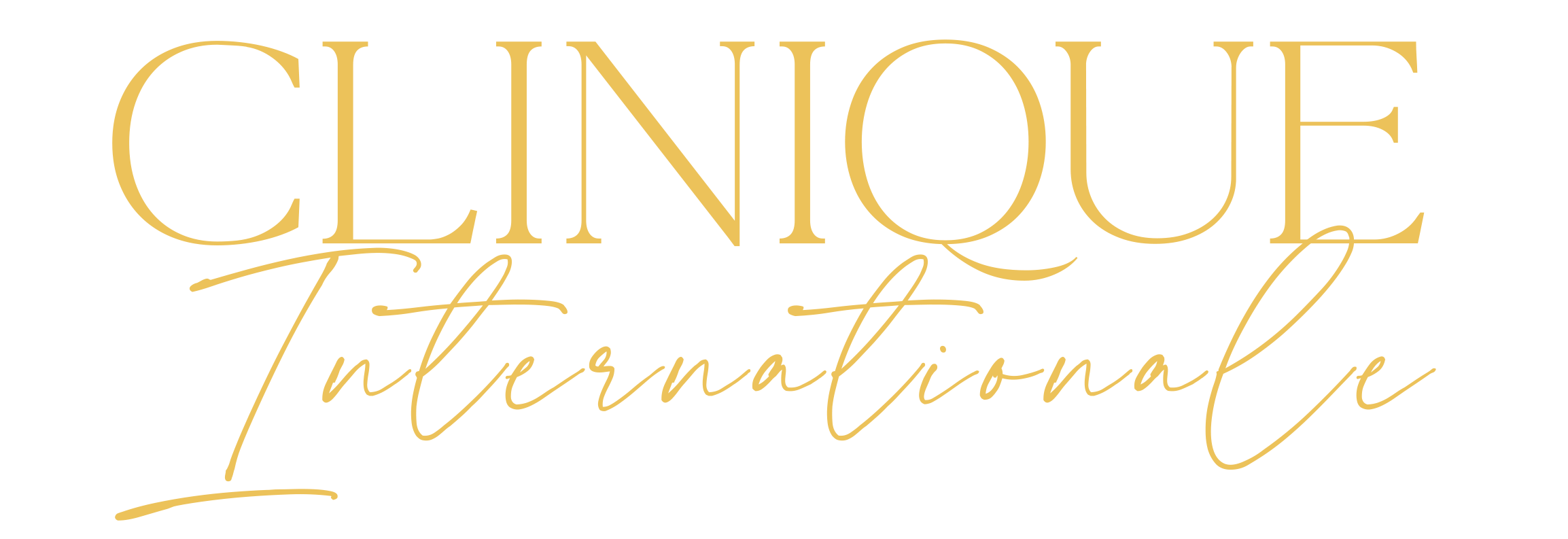While generally harmless, these skin lesions can sometimes lead to complications if left untreated. At Clinique Internationale, our team of skilled professionals specializes in advanced dermatological procedures to remove moles and warts efficiently and safely, ensuring optimal aesthetic results for our clients.
What are Moles and Warts?
Moles are small, dark growths that can appear on any part of the skin. They are often brown or black and vary in shape and size. Moles are caused by clusters of pigmented cells and are generally benign. However, some moles can become cancerous and require close observation.
Warts, on the other hand, are caused by a viral infection from the human papillomavirus (HPV). They often appear as small, rough bumps on the skin, typically on the hands, feet, or face. Warts are contagious and can spread through contact with infected skin or surfaces. Given the viral origin of warts, they may recur if not properly treated.

Mole and Wart Removal Cost in Mankhurd
1. Laser Removal
Laser treatment is highly effective for removing both moles and warts. Using concentrated light energy, the laser precisely targets the lesion, causing minimal damage to surrounding tissues. This method is ideal for patients seeking a non-invasive solution with minimal scarring.
- Advantages: Quick recovery, minimal scarring, high precision.
- Procedure Time: Typically 15-30 minutes.
- Aftercare: Patients are advised to avoid direct sun exposure and apply prescribed ointments to promote healing.
2. Surgical Excision
For larger or potentially cancerous moles, surgical excision is often recommended. Dr. Gupta uses precise tools to carefully remove the mole and may take a small margin of surrounding tissue to ensure complete removal. This procedure is highly effective for the permanent removal of larger or suspicious moles.
- Advantages: Effective for large or atypical moles, comprehensive removal.
- Procedure Time: Usually 30-60 minutes.
- Aftercare: Stitches may be required, and patients should follow the clinic’s instructions for cleaning and protecting the area.
3. Cryotherapy
Cryotherapy is a popular method for wart removal and involves freezing the wart with liquid nitrogen. This process kills the virus and removes the wart over a few sessions. Cryotherapy is generally safe and effective, though it may require multiple sessions depending on the size and location of the wart.
- Advantages: Quick and effective, especially for smaller warts.
- Procedure Time: Each session lasts about 5-15 minutes.
- Aftercare: The area may blister and should be kept clean and dry to prevent infection.
4. Electrosurgery
Electrosurgery uses electric currents to burn off the mole or wart. This procedure is effective for larger warts or raised moles that are difficult to remove with other methods. Electrosurgery provides precise control, reducing the risk of scarring.
- Advantages: Effective for stubborn growths, minimal bleeding.
- Procedure Time: 15-30 minutes.
- Aftercare: Patients may experience mild swelling, which typically subsides within a few days.
Benefits of Choosing Clinique Internationale
- Advanced Equipment: Clinique Internationale uses the latest technology for mole and wart removal, ensuring minimally invasive, effective treatments.
- Expertise: Dr. Bhavesh Gupta has extensive experience in dermatological care and provides personalized treatments tailored to individual skin types and needs.
- Safety Protocols: All procedures adhere to high safety standards, reducing the risk of scarring, infection, or complications.
- Comprehensive Aftercare: Patients receive detailed aftercare instructions, which promote healing and help prevent recurrence.
Aftercare Tips for Mole and Wart Removal
- Keeping the area clean and dry: This helps prevent infection and promotes faster healing.
- Avoiding direct sunlight: Protecting the treated area from sun exposure reduces the risk of hyperpigmentation.
- Applying prescribed ointments: Following Dr. Gupta’s recommendations for topical treatments can minimize scarring.
- Avoiding scratching or picking: Touching the area can introduce bacteria, leading to infections and delayed healing.
